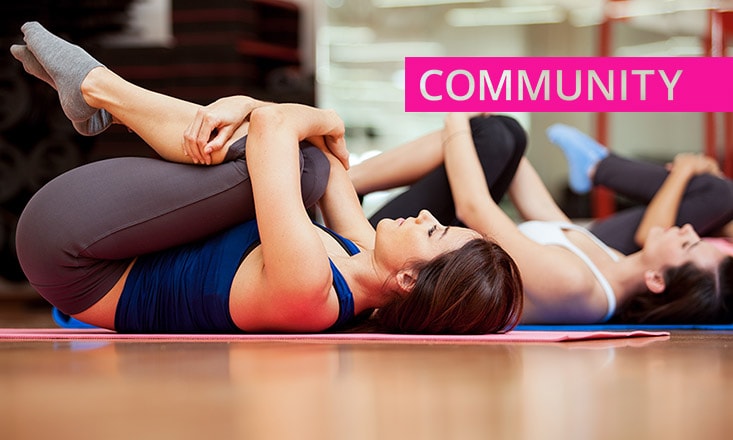While I have always been a dedicated yoga student, I was never really sure if I wanted to teach or not. All I knew was I wanted to further my knowledge of each asana, the chakras, and the history of yoga. A few years ago, however, I had the privilege of travelling to Greece, where a teacher training program was available.
So the timing was right for me to get my 200-hour teaching certificate, and it proved to be a wonderful experience.
I have been practicing yoga for such a long time, and I know how important a yoga teacher is to a student. You learn from them and depend on them and look up to them so much. I was scared that I would not be able to be all that for my students. So, I decided that even though I was certified, I was not going to teach.
I was too unsure of the unknown, scared that I would forget a sequence, or even worse, not remember any asanas. But, after contemplating for a year and a half, I finally decided one day that it was now or never, and did it—I taught a yoga class.
How I Prepared for My First Yoga Class
I had about four weeks notice before my class took place. I started preparing my music first because I love music and I think it is one of the most important parts of a yoga class (if it’s the kind of yoga class that plays music). I feel like music inspires you and keeps you focused when you are in your asanas.
Then, I started preparing my sequence. I made sure that I was teaching an all levels class and a style of yoga that I am most familiar with, which is Vinyasa. When I was going through the planning process of the sequence, I wanted to make sure that I followed what I was taught during my training.
At first I wanted to use all of my favorite poses in one class. But that is impossible, because as a yogini, I love most asanas. The class would also not flow very well. I realized that teaching a beginner class is really difficult. So I took my time, and the sequence changed quite a few times.
For new yoga teachers who are planning a yoga sequence, my advice would be to keep it simple and to use what you are most familiar or comfortable with. If you learn something new, don’t teach it right away. Practice it in your own practice first, and practice it for some time.
Then when you are comfortable with it, teach it. Also, go through the sequence by yourself and maybe with a close friend. That way, you can be completely confident and prepared.
As my first yoga class as teacher drew closer, I invited my closest friends to attend. They knew how nervous I was and wanted to be there to support me. Plus, they also love yoga and attend most classes with me.
Right Before Class
I got to class about 30 minutes early.
I prepared my mat, meditated, stretched, and got my music ready. I felt very prepared, but also very nervous. I connected with myself first, which would later help me connect with my students. I had no idea how many people would attend or at what level my new students would be.
As people started to enter the studio, I introduced myself and asked if they had any injuries, special requests, and at what level they usually practiced yoga.
New Beginnings
As my first class began, I took a deep breath in and out and did my best. I now teach yoga class once a week, and am glad I took that leap to become a teacher. I hope I can be a great one in time. To all new teachers: you may not think you can do it, but trust that you can.
Yoga teaches us to have an open mind and to move at our own pace. As a teacher, you should always remember that.
You don’t always need a plan. Sometimes you just need to breathe, trust, let go, and see what happens. ~Mandy Hale
Some Helpful Hints for New Yoga Teachers
- Be prepared.
- Play music that calms you and that you can connect with.
- Be flexible and be prepared to fall away from your sequence. Students may request different asanas, or you might find that the sequence you prepared just does not flow.
- Get to class early.
- Learn to laugh—everybody makes mistakes!
- Prepare a quote for your students that best describes how you are feeling.
- Get off your mat and walk around class.
- Don’t stress about technique. You do not have to adjust every student.
- Use simple terminology. Words such as 'flex,' 'stretch,' 'point,' 'reach,' 'push,' 'lift,' 'open,' 'feel,' and 'lengthen' will help the class flow smoothly.
- Use your own sequence. You will feel proud of yourself afterward.
- Know your anatomy.
- Remember to breathe.


